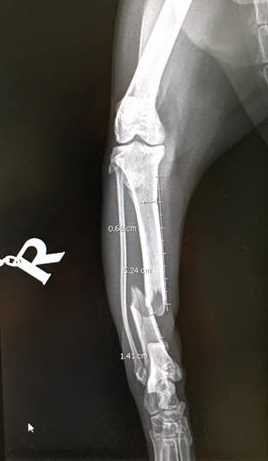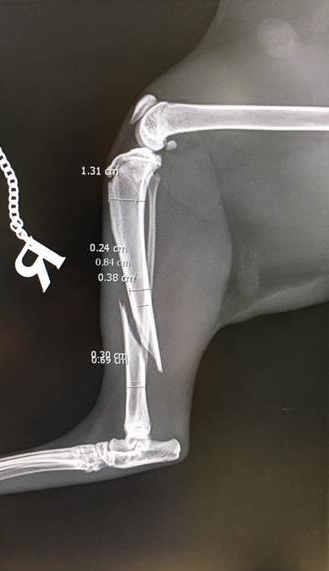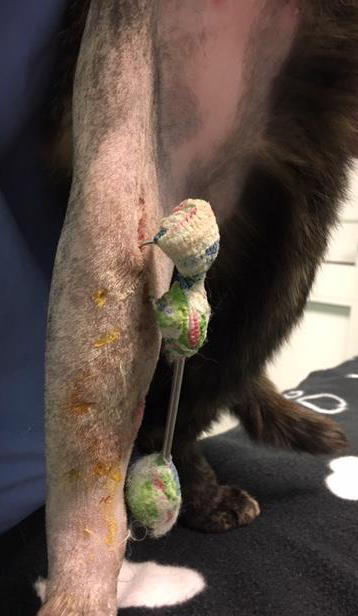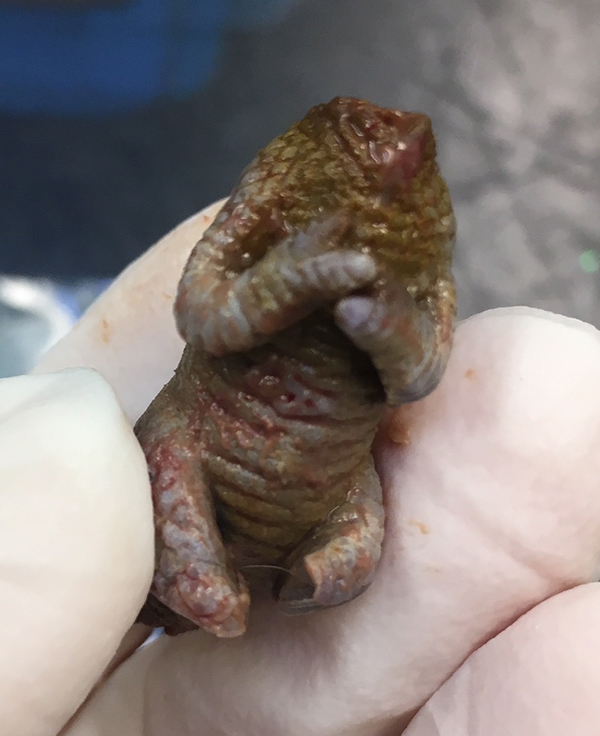RCVS accredited – What does that mean?
What is the Royal College of Veterinary Surgeons’ Practice Standards Scheme?
The Practice Standards Scheme (PSS) is a voluntary accreditation scheme for veterinary practices. It was set up by the Royal College of Veterinary Surgeons (RCVS) in 2005 to promote and maintain high standards in veterinary care. The Scheme does this by setting standards and inspecting the practices that choose to take part.
 All RCVS-accredited practices have to meet Core standards, including hygiene, health and safety, clinical governance and the facilities provided. On top of this ‘Core’ accreditation, General Practices can gain species – or discipline-specific accreditations, for example, small animals, farm animals, equine patients.
All RCVS-accredited practices have to meet Core standards, including hygiene, health and safety, clinical governance and the facilities provided. On top of this ‘Core’ accreditation, General Practices can gain species – or discipline-specific accreditations, for example, small animals, farm animals, equine patients.
Oakhill Veterinary Centre is RCVS accredited for all 3 divisions (small animal, farm animal and equine).
To maintain the accreditation, practices are inspected by RCVS Assessors every four years and there are random spot checks.
[youtube id=”fPmkfznoX88″ width=”600″ height=”350″ autoplay=”no” api_params=””]
It can be hard for owners to know what happens behind the scenes at the vets so the scheme can reassure people about hygiene and facilities available at an individual practice.
If you have any questions about the RCVS Practice Standards Scheme you can visit their website: https://animalowners.rcvs.org.uk/accredited-practices/about-the-practice-standards-scheme/

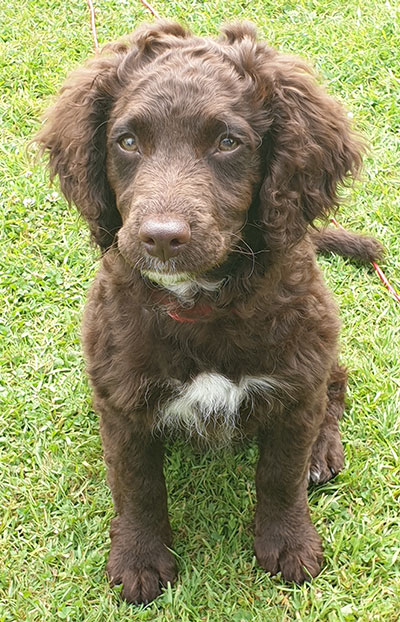 Pippa, a beautiful Cockerpoo, was diagnosed at 4 months of age with a serious congenital heart defect known as Patent Ductus Arteriosus (or PDA for short) after a heart murmur, that was picked up during her initial vaccination appointment, failed to disappear.
Pippa, a beautiful Cockerpoo, was diagnosed at 4 months of age with a serious congenital heart defect known as Patent Ductus Arteriosus (or PDA for short) after a heart murmur, that was picked up during her initial vaccination appointment, failed to disappear.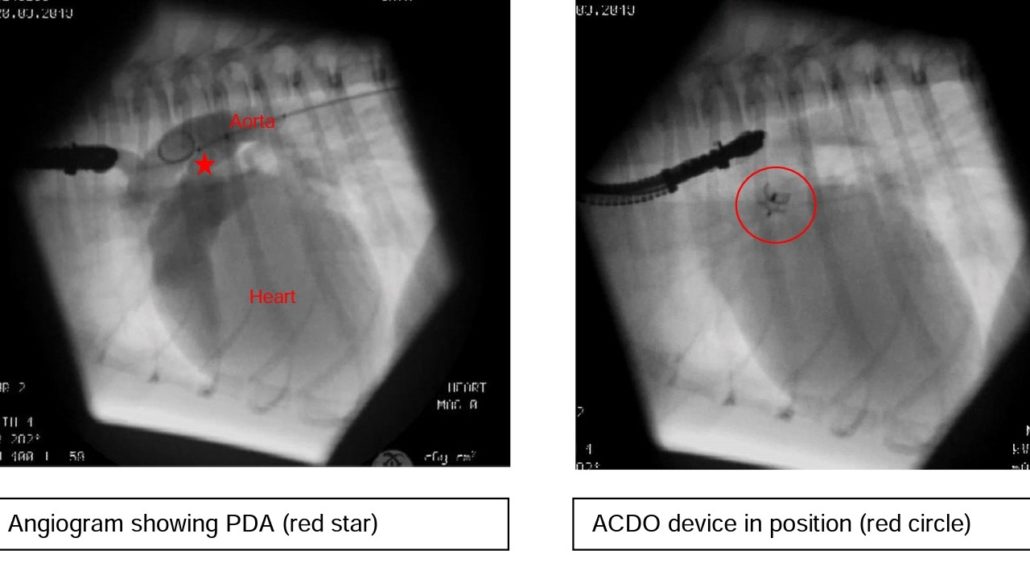
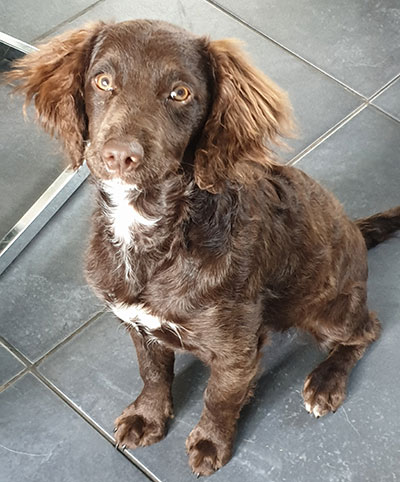 The procedure has been a complete success so far and Pippa can hopefully now look forward to a completely normal and lengthy life!
The procedure has been a complete success so far and Pippa can hopefully now look forward to a completely normal and lengthy life! All RCVS-accredited practices have to meet Core standards, including hygiene, health and safety, clinical governance and the facilities provided. On top of this ‘Core’ accreditation, General Practices can gain species – or discipline-specific accreditations, for example, small animals, farm animals, equine patients.
All RCVS-accredited practices have to meet Core standards, including hygiene, health and safety, clinical governance and the facilities provided. On top of this ‘Core’ accreditation, General Practices can gain species – or discipline-specific accreditations, for example, small animals, farm animals, equine patients.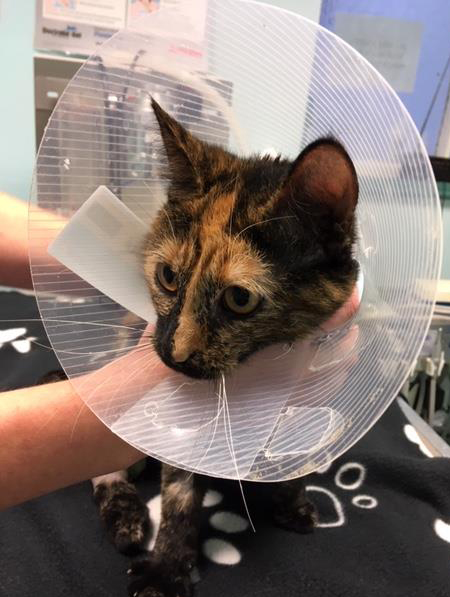 Two year old Bonnie was recently found with some serious injuries, under the bonnet of a scrap car at a local recycling plant.
Two year old Bonnie was recently found with some serious injuries, under the bonnet of a scrap car at a local recycling plant.